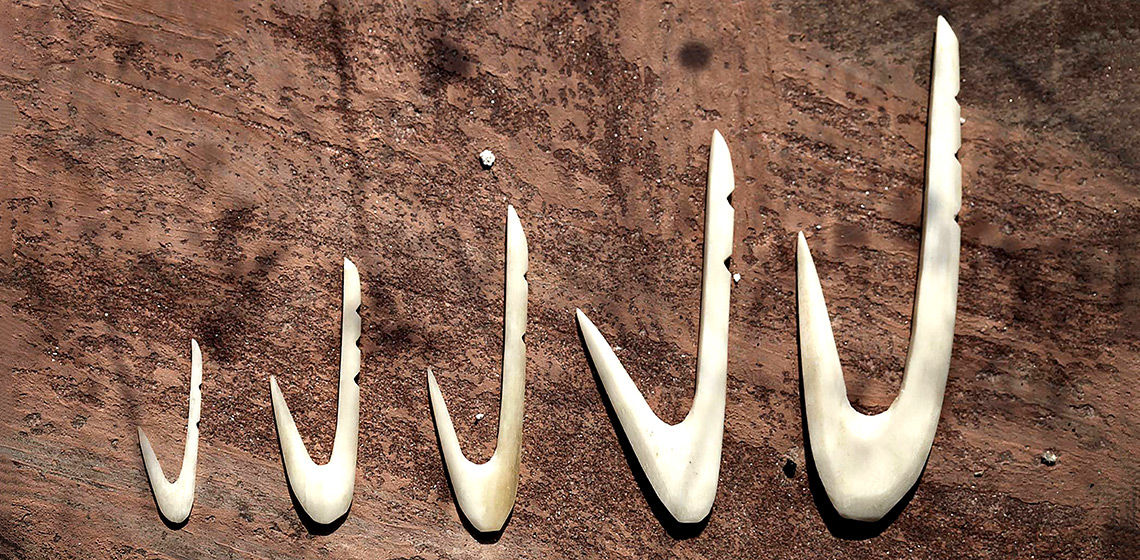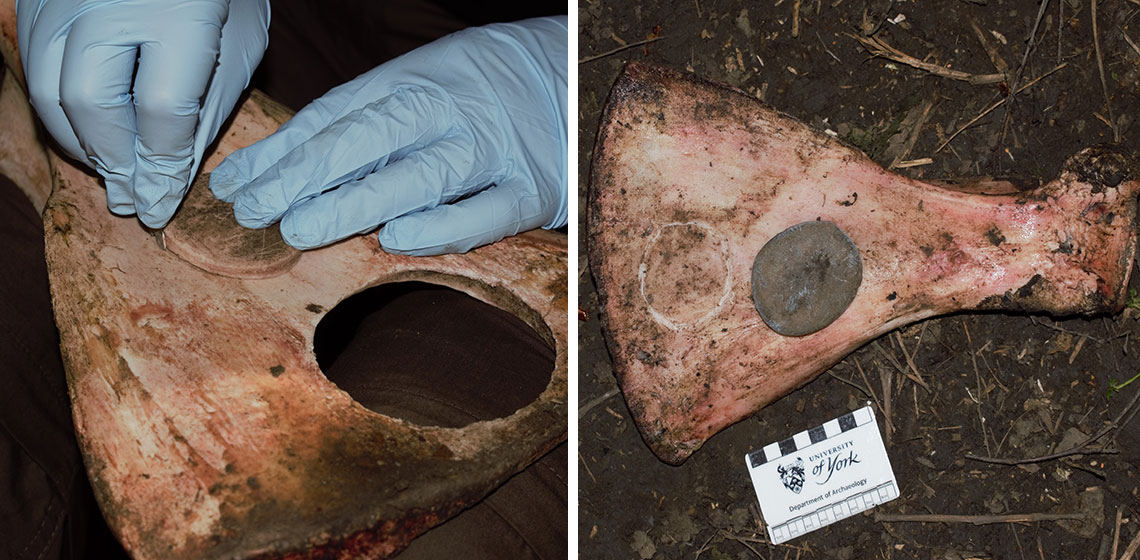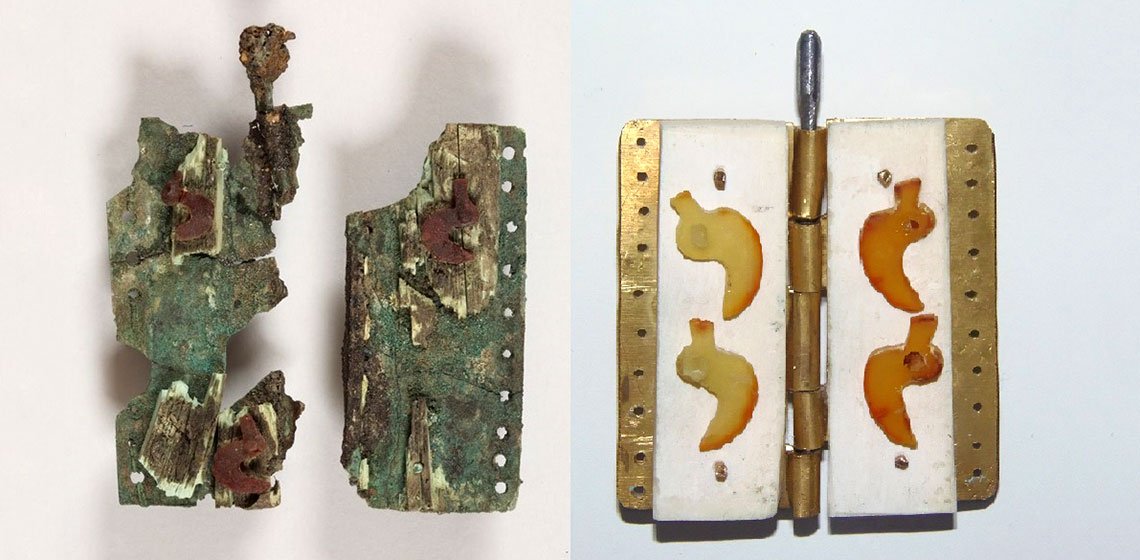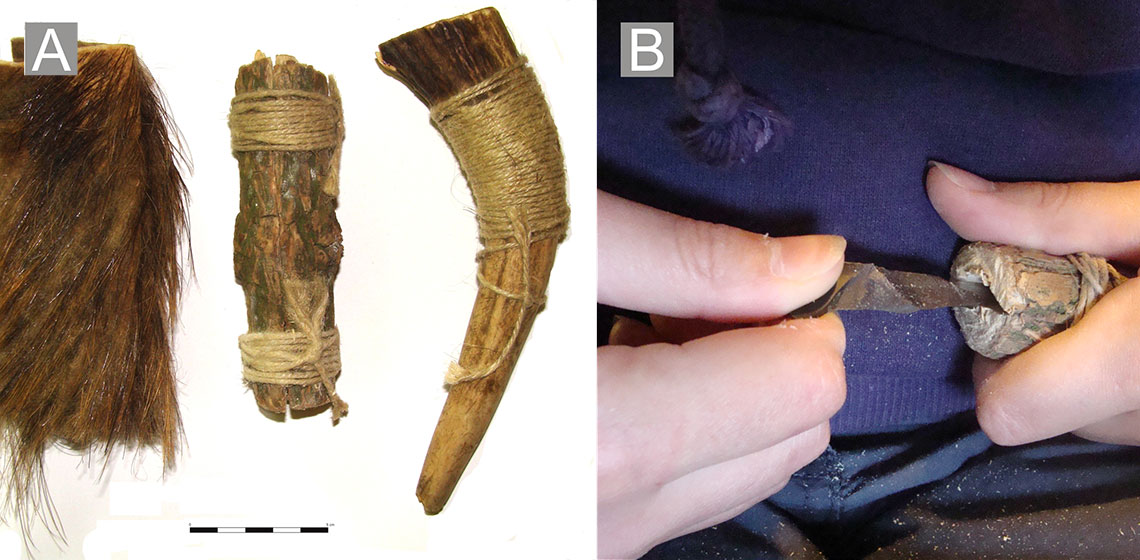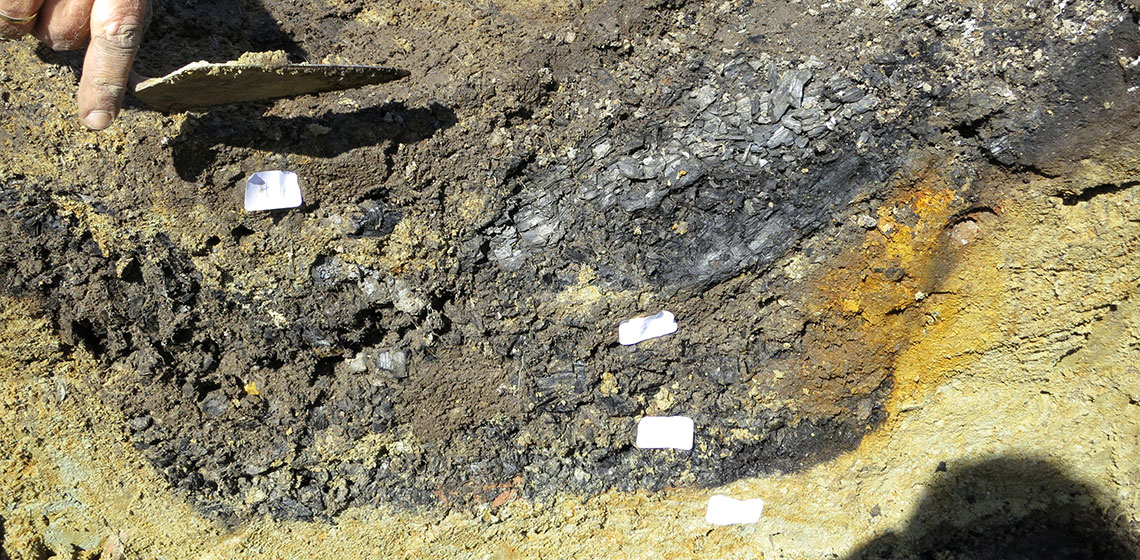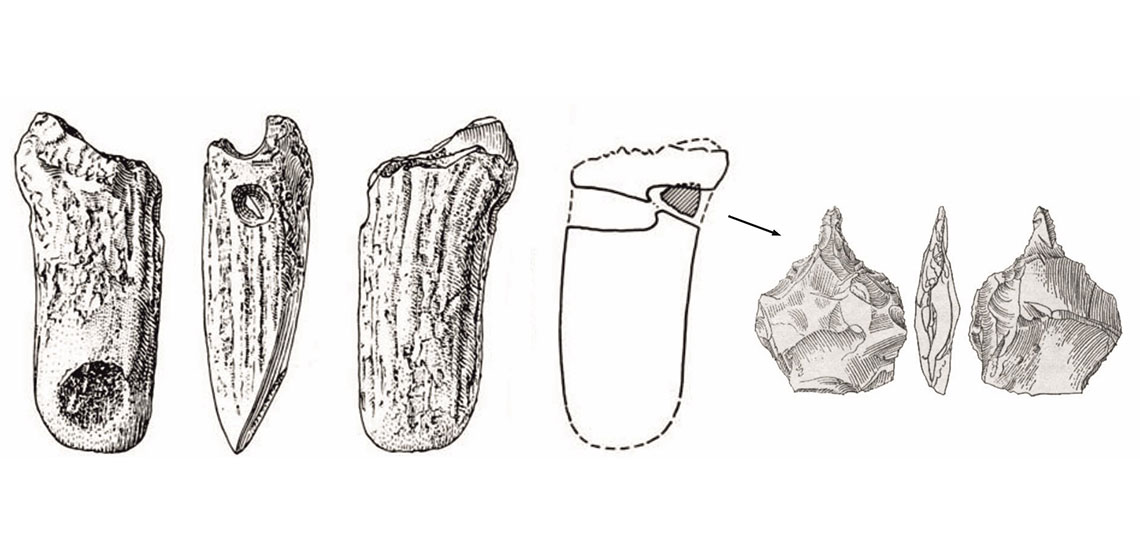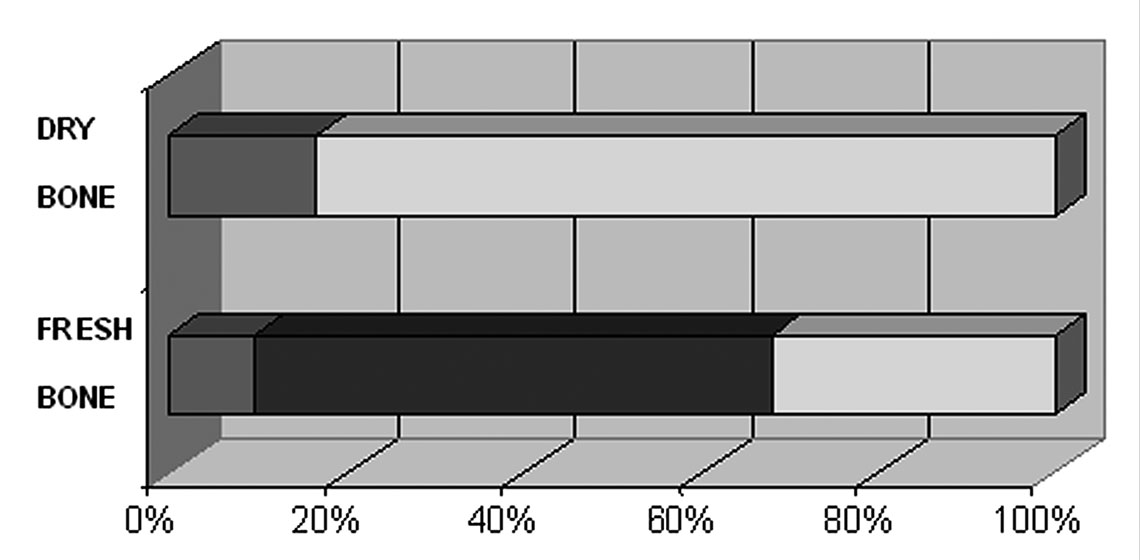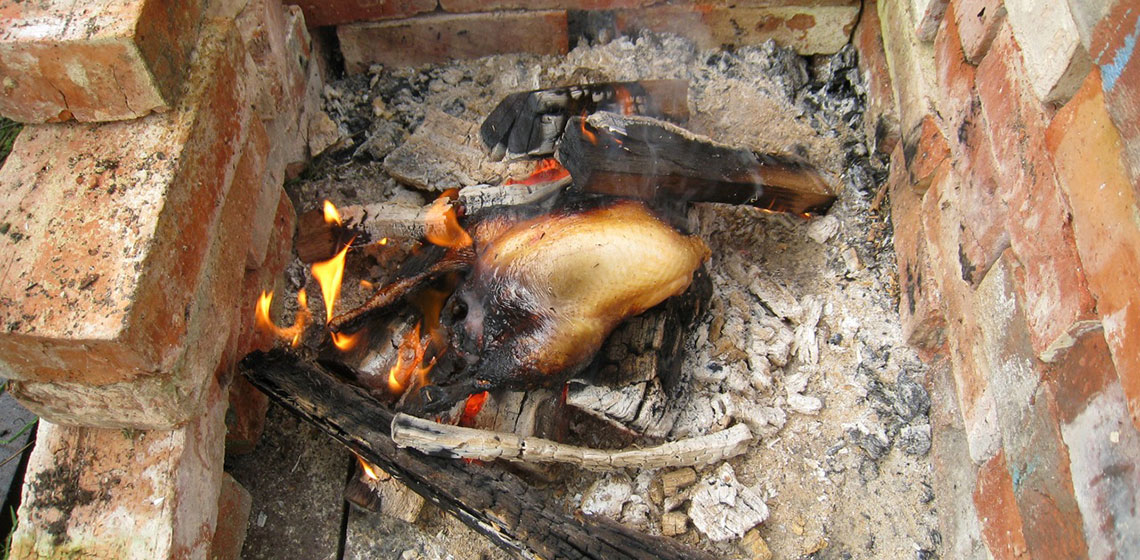Roe Deer as Raw Material for Middle Mesolithic Fishhooks? An Experimental Approach to the Manufacture of Small Bone Fishhooks
Bone fishhooks have occasionally been retrieved from bone assemblages at coastal sites dating to the Middle Mesolithic phase (8300-6300 cal. BC) in Southern Norway and Western Sweden. Several studies of fishhooks from these sites have been undertaken in recent years. Fishhooks can be manufactured from different osseous materials, including antler, ribs and shafts of different long bones...
